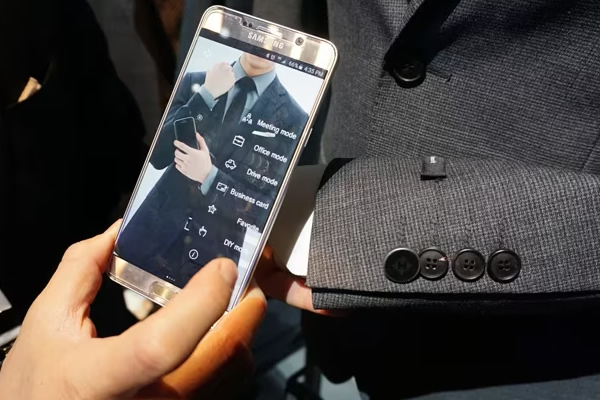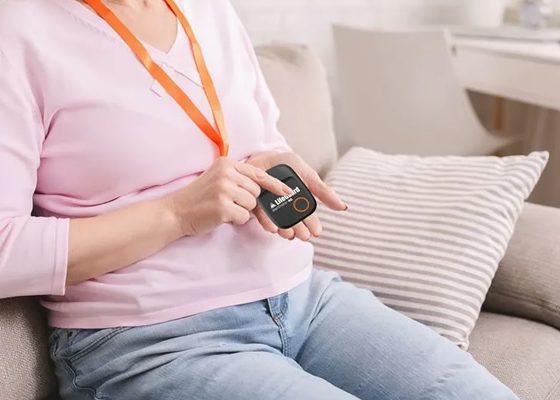
Smart clothing technology represents a groundbreaking convergence of fashion and functionality, seamlessly integrating advanced electronics and textiles to enhance various aspects of our lives. From monitoring vital signs for health and fitness tracking to providing real-time feedback on posture and movement, smart garments are revolutionizing the way we interact with our clothing. Embedded sensors, microcontrollers, and connectivity features enable these garments to collect and analyze data, offering insights that were previously inaccessible. With the potential to optimize performance, improve wellness, and even enhance safety, smart clothing stands at the forefront of innovation, promising a future where our attire not only reflects our style but also actively contributes to our well-being and productivity.
What is Smart Clothing Technology?

Smart clothing technology integrates electronic components and sensors into garments to enhance functionality and provide various benefits to the wearer. These garments often incorporate biometric sensors for health monitoring, motion sensors for activity tracking, and other features such as posture correction mechanisms, environmental adaptability, and integration with smart devices like smartphones and wearables.
Smart clothing can monitor vital signs, track physical activity, regulate body temperature, and offer insights into users’ behavior and health patterns. Additionally, it can improve accessibility for individuals with disabilities, enhance personal safety with features like GPS tracking and emergency alerts, and serve as a platform for innovative fashion designs that combine style with practicality. Overall, smart clothing technology represents a convergence of fashion and technology, offering a range of benefits for health, convenience, and personal expression.
Benefits of Smart Clothing Technology:

Smart clothing technology offers a wide range of benefits, combining fashion with functionality to enhance various aspects of daily life. Here are some key benefits:
- Health Monitoring: Smart clothing can incorporate biometric sensors to monitor vital signs such as heart rate, respiration rate, temperature, and even blood pressure. This enables continuous health monitoring without the need for separate devices.
- Activity Tracking: By integrating motion sensors, smart clothing can track physical activity and provide insights into exercise routines, helping users monitor their fitness levels and progress.
- Posture Correction: Some smart clothing is designed to monitor posture and provide feedback to help users maintain better posture throughout the day, which can reduce the risk of musculoskeletal problems.
- Injury Prevention: Certain types of smart clothing are equipped with sensors that can detect potentially harmful movements or strains, alerting wearers to adjust their posture or movement patterns to prevent injuries during physical activity or manual labor.
- Environmental Adaptability: Smart textiles can incorporate features such as heating elements or cooling systems to help regulate body temperature according to the wearer’s needs and environmental conditions, providing comfort in various climates.
- Integration with Smart Devices: Smart clothing can be seamlessly integrated with smartphones and other wearable devices, allowing users to receive notifications, control music playback, or access other functionalities directly from their garments.
- Accessibility: Smart clothing can be designed to assist people with disabilities or special needs, such as garments with built-in haptic feedback systems to aid the visually impaired or those with balance issues.
- Fashion and Style: Smart clothing technology enables designers to create innovative and stylish garments that not only look good but also offer practical benefits, attracting consumers who value both fashion and functionality.
- Data Insights: The data collected by smart clothing sensors can provide valuable insights into users’ behavior, health patterns, and performance, which can be used to optimize training routines, improve health outcomes, or inform product development.
- Personal Safety: Some smart clothing includes features such as built-in GPS tracking or emergency alert systems, providing users with an added layer of security in case of emergencies or when exercising outdoors.
Overall, smart clothing technology has the potential to revolutionize the way we dress and interact with our environment, offering numerous benefits for health, comfort, convenience, and style.
Conclusion:
Smart clothing technology represents a significant advancement in the intersection of fashion and innovation, offering a plethora of benefits to users across various aspects of daily life. From health monitoring and activity tracking to enhanced comfort and style, smart clothing integrates electronic components and sensors seamlessly into garments to provide functionalities that were once reserved for separate devices. Beyond its practical applications, smart clothing has the potential to revolutionize industries, improve accessibility for individuals with disabilities, and pave the way for a future where our clothing actively contributes to our well-being and lifestyle.


